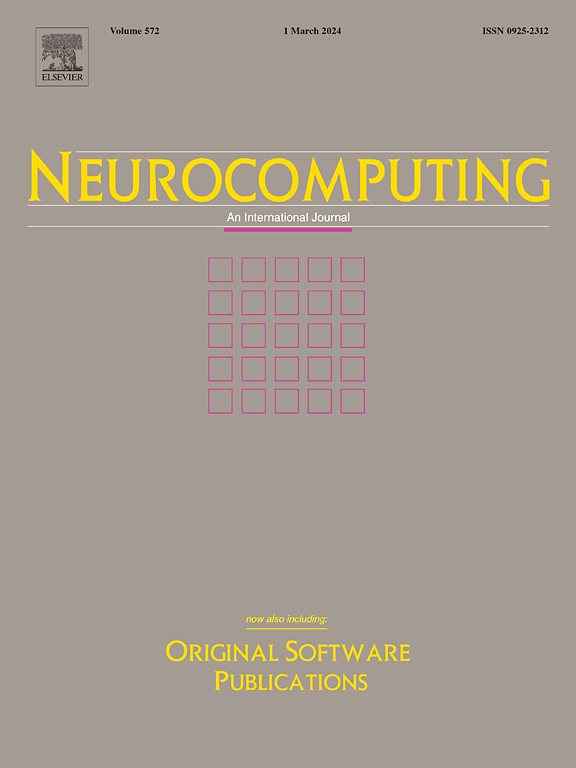Contour-texture preservation transformer for face super-resolution
IF 5.5
2区 计算机科学
Q1 COMPUTER SCIENCE, ARTIFICIAL INTELLIGENCE
引用次数: 0
Abstract
In the field of computer vision, face super-resolution (FSR) technology is an important tool for enhancing the performance of basic tasks such as face recognition and video surveillance. However, when faced with complex face images, existing FSR methods often rely on the Transformer model to improve image quality through its powerful global modeling capabilities. Yet, they tend to be slightly insufficient in local feature extraction due to a lack of adequate local detail capture capabilities. To alleviate these problems, we propose a novel contour-texture preservation Transformer (CTP) method for FSR. This method consists of two key components: the multi-scale attention enhancement block (MSAEB), which captures and fuses image features of different scales to improve the detail level of feature representation, and provides high-quality input for the contour-texture Transformer enhancement block (CTTEB). Additionally, CTTEB integrates convolution operations to enhance local feature extraction and improve feature expression. The feed-forward network (FFN) we introduced ensures the full fusion of global and local information. By combining MSAEB and CTTEB into a residual progressive attention group (RPAG), the network gradually extracts and fuses multi-scale features, ultimately achieving dual preservation of contour structure and texture details. Experiments show that our method achieves the best results on LFW, FFHQ, CelebA, and Helen, with a 0.32 dB increase in PSNR, a 0.0126 increase in SSIM, and a 0.0056 increase in FSIM over the second-best model. Experiments on real-world datasets SCface and Chokepoint confirm that the CTP method excels in both FSR reconstruction and face recognition, verifying its effectiveness.
求助全文
约1分钟内获得全文
求助全文
来源期刊

Neurocomputing
工程技术-计算机:人工智能
CiteScore
13.10
自引率
10.00%
发文量
1382
审稿时长
70 days
期刊介绍:
Neurocomputing publishes articles describing recent fundamental contributions in the field of neurocomputing. Neurocomputing theory, practice and applications are the essential topics being covered.
 求助内容:
求助内容: 应助结果提醒方式:
应助结果提醒方式:


